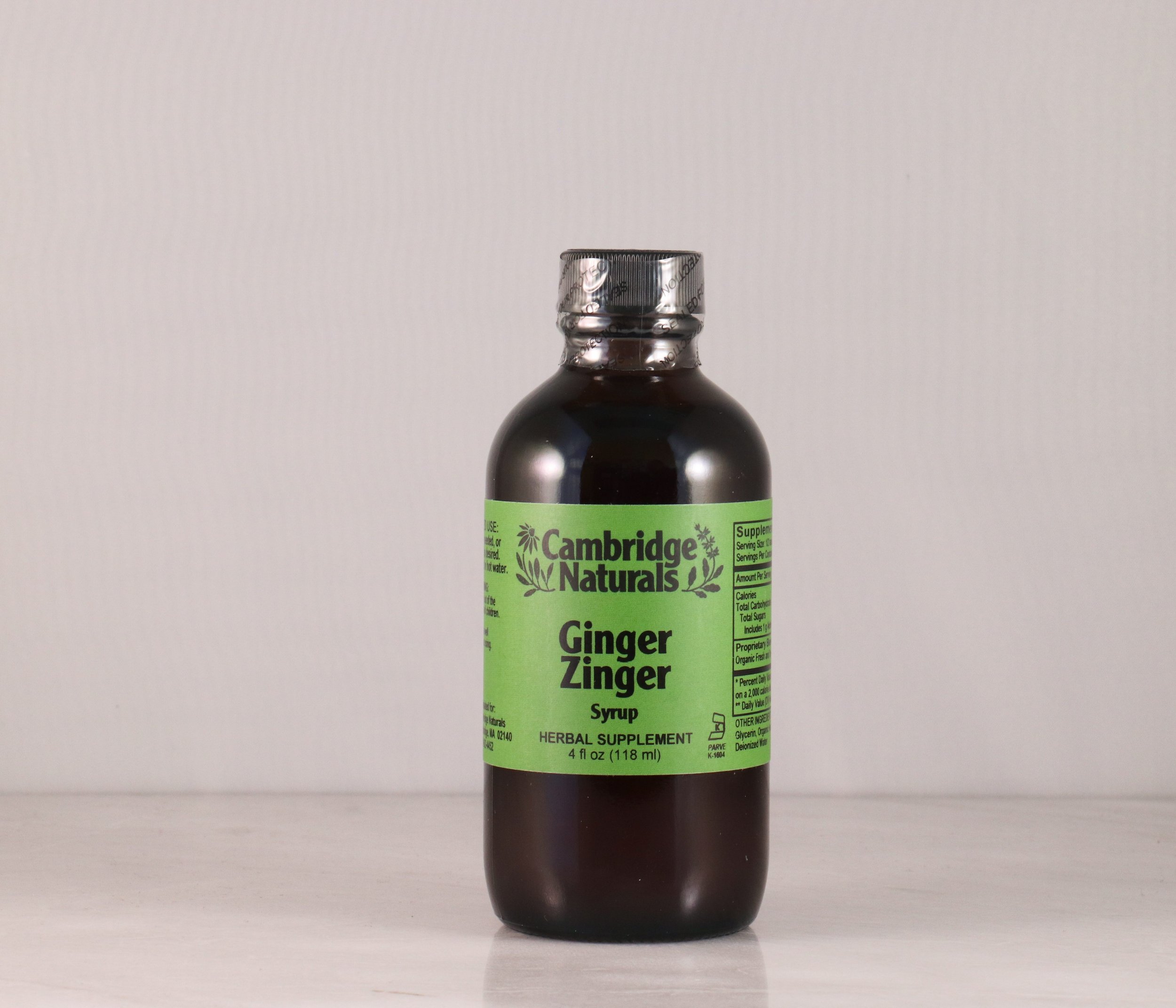By Steph Zabel,
Herbalist, Ethnobotanist and Educator
Last month we covered an exotic, aromatic tree and this time we’ll continue with the arboreal theme. Except now we will explore a small, shrubby tree that is native to dry, desert climates (rather than tropical environments, like cinnamon is). The resin of this fascinating plant — native to India, Oman, Ethiopia, Somalia, Yemen and Saudi Arabia — has been used for over 5,000 years. It has been highly regarded as a medicine, an aromatic perfume, a ceremonial tool, and was once worth even more than gold.
Photo by Ben Norvell via Wikimedia Commons
Perhaps you are familiar with the scent of frankincense — often burned as incense in religious ceremonies. Or perhaps you are more familiar with the essential oil — sometimes referred to as olibanum. The oil is commonly used in aromatherapy for soothing chronic stress and anxiety, reducing pain and inflammation, and boosting immunity.
It is also an ingredient in many natural skin care products because of its anti-inflammatory properties. Frankincense is believed to help protect and heal skin cells and is used to reduce acne, prevent wrinkles and slow signs of aging. It is an astringent, meaning that it helps to tighten and tone loose, sagging or lax tissues. The essential oil can be added to any moisturizing serum as a nice, supportive addition to a daily skin care routine.
Its physical properties also make frankincense a powerful antiseptic; it is used to eliminate bacteria and viruses, and can help disinfect an area — use it as an aromatherapy spritzer or burn the resin for this purpose.
Photo by Mauro Raffaelli via Wikimedia Commons
The astringent action of this plant can also help eliminate phlegm and congestion in the lungs. For mucous-y situations that seem to hang around in the respiratory system or sinuses, try frankincense as it will not only help to dry up mucous but will also act as an anti-inflammatory in the nasal passages, making breathing easier.
Finally, when rubbed on the body topically frankincense oil can improve circulation and the symptoms of joint or muscle pain in arthritic and rheumatic conditions. It tends to have a soothing effect for any sort of bodily inflammation.
“The Chinese called it “fanhunxiang” meaning “calling back the soul fragrance.” It is often used in meditation, since the scent is calming, grounding and pleasant to the senses. It helps one to become more present in the moment and encourages feelings of peace.”
Let’s speak a bit of the more esoteric and spiritual aspects of this amazing resin… Frankincense is a venerable old tree, in use for thousands and thousands of years. It was so highly treasured that it was brought as one of the gifts of the Wise Men to be presented at Jesus’ birth. The resin was also found in the tombs of Egyptian mummies, used not only as an embalming agent, but also as an offering to help the departed souls make their journey to the afterlife.
Amongst many cultures around the world the fragrance of this resin was believed to increase one’s spiritual connection and intuition. The Chinese called it “fanhunxiang” meaning “calling back the soul fragrance.” It is often used in meditation, since the scent is calming, grounding and pleasant to the senses. It helps one to become more present in the moment and encourages feelings of peace.
Several religions use frankincense incense in their ceremonies. It may be used to prepare the environment for ritual, and is said to call forth the angels and other invisible beings to assist in creating sacred space. Symbolically, the smoke that rises as the resin burns helps to carry prayers and offerings to Heaven.
HOW TO USE
Make Frankincense Water:
Place 4-5 small pieces of resin in a quart sized jar. Cover with boiled water, cap, and let steep for a few hours or overnight. The resulting liquid will be light in color and a bit cloudy. Drink up to a cup or so a day, using your taste buds to guide you on your own proper dosage. This tea comes in handy when you are feeling congested. Many people also drink it to help with arthritic or painful joints.
Use the essential oil topically:
Dilute 10 - 15 drops of frankincense essential oil in 1 oz. of a carrier of your choice (olive, jojoba, grapeseed, or almond oil) and rub onto the skin. This is useful for scarring, acne, wrinkles and painful joints.
Burn the resin:
To burn the dried resin use a small charcoal disc (often sold to use in hookahs). Light the charcoal outside on a fire-proof dish and when it finishes smoking and sparking it should simply glow. Place 1 to 3 small pieces of resin on the charcoal and it will start to burn immediately. The resulting incense is pleasant and sweet and can be used to clear and purify the air.
NOTE: Frankincense should not be used during pregnancy, because of its emmenagogue and astringent qualities.
REFERENCES:
Sacred Earth
Dr. Mercola
Enfleurage.com
Steph Zabel, MSc, is an herbalist and educator who helps urban dwellers connect with the plant world. She teaches herbal classes, is available for individual wellness consultations, and is also the founder of HERBSTALK, Boston’s community herbal conference. Learn more about her work at: www.flowerfolkherbs.com and www.herbstalk.org.
This blog series — Herbs and Botanicals— is for general health information only. This Web site is not to be used as a substitute for medical advice, diagnosis or treatment of any health condition or problem. Users of this Web site should not rely on information provided on this Web site for their own health problems. Any questions regarding your own health should be addressed to your own physician or other healthcare provider.














